Lots of Ways to Help Endangered Big Cats
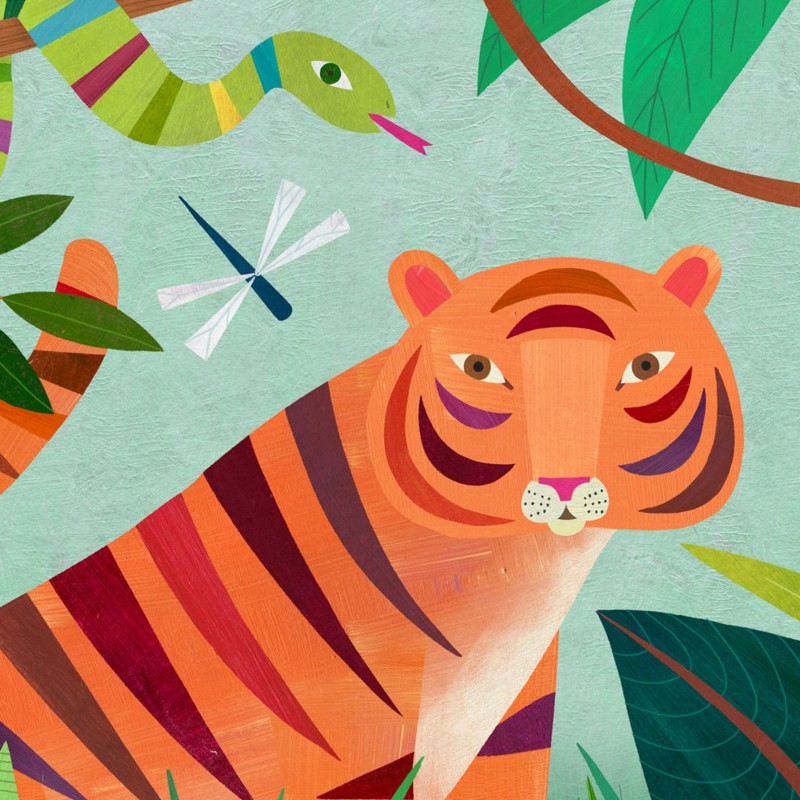
There are over 40 big cats worldwide, along with our own domestic moggies. Most are endangered due to lack of habitat, palm oil and trophy hunting (people pay thousands to kill animals in enclosed habitats where they can’t escape).
Tigers are one of the world’s most majestic creatures, but also one of the most endangered. Shockingly, there are around 5,574 (World Animal Foundation) remaining in the wild. Some are also kept as pets or in ‘roadside zoos’.
The myth of ‘man-eating tigers’ arises from occasional attacks (around 50 a year), usually by hungry tigers, due to humans encroaching on their natural habitats (nearly all tigers who attack humans do so due to disabilities like bad teeth, we are not their natural diet).
Most attacks are by bored and stressed captive tigers in zoos and circuses.
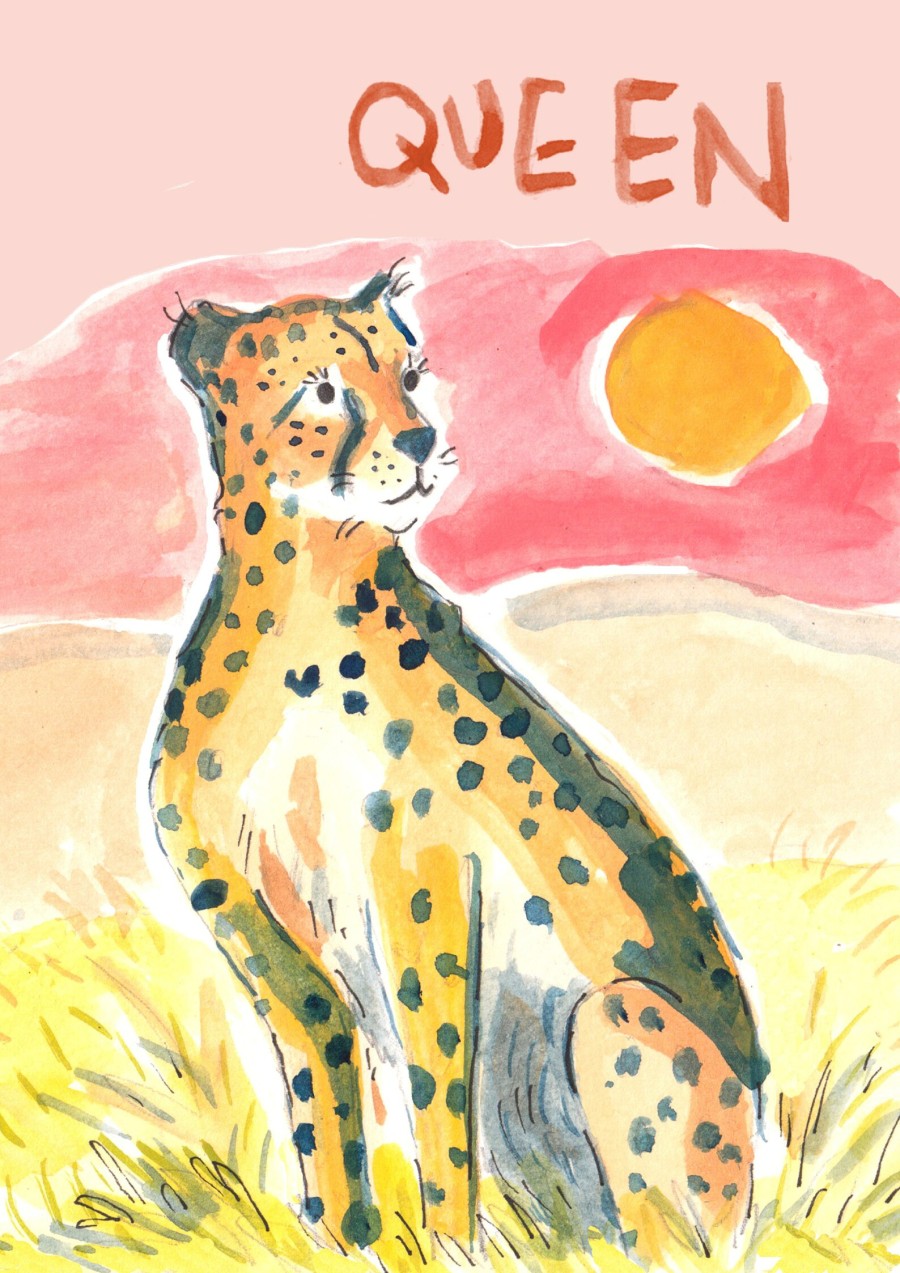
Freedom for Animals has a great post on why not to visit zoos (average 20-second views by children are for entertainment, not education). Endangered species are far better helped in natural environments with proper space, weather and conservation experts.
Organic Clothing to Support Tigers
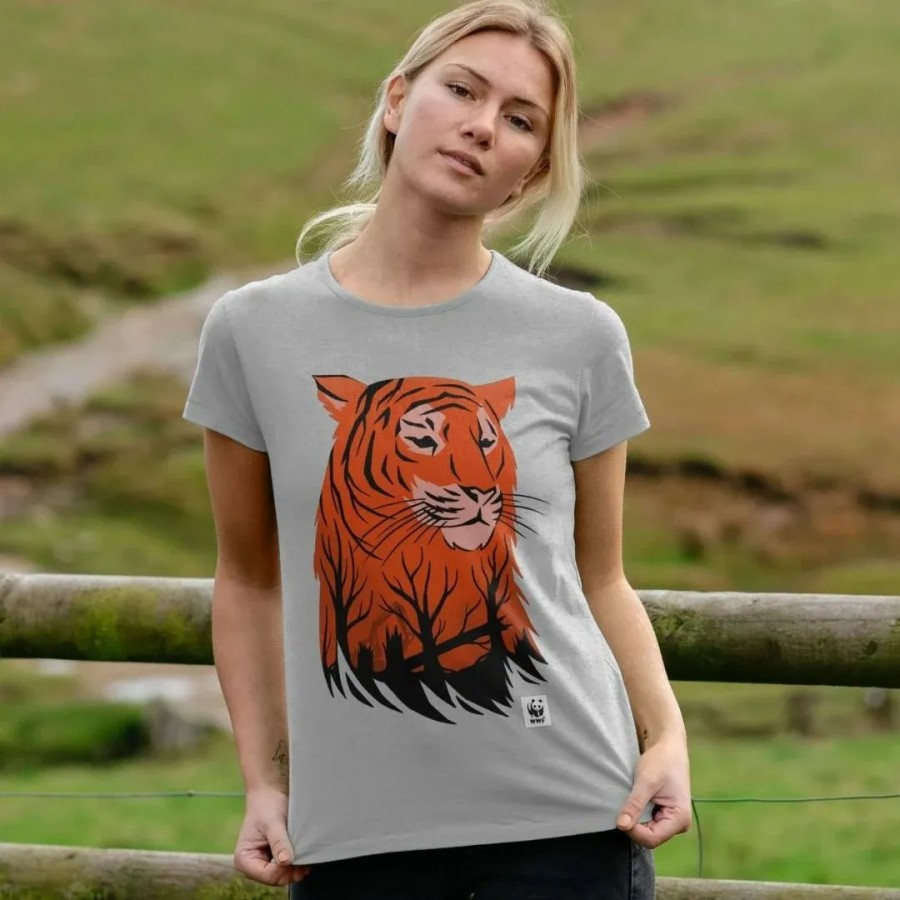
- Rapanui offers a beautiful organic cotton t-shirt to support work conserving tigers.
- Save Wild Tigers is a non-profit that supports organisations that investigate criminal networks that sell tiger skins and other goods. All t-shirts, tops and jumpers are made from organic cotton, made in a factory powered by green energy, sent in plastic-free packaging.
- ROAR organic cotton clothing supports WildCats Conservation Alliance, which helps wild tigers and Amur leopards. It currently funds projects in Nepal, Russia, Thailand, Indonesia and China.
Books to Teach Children about Tigers
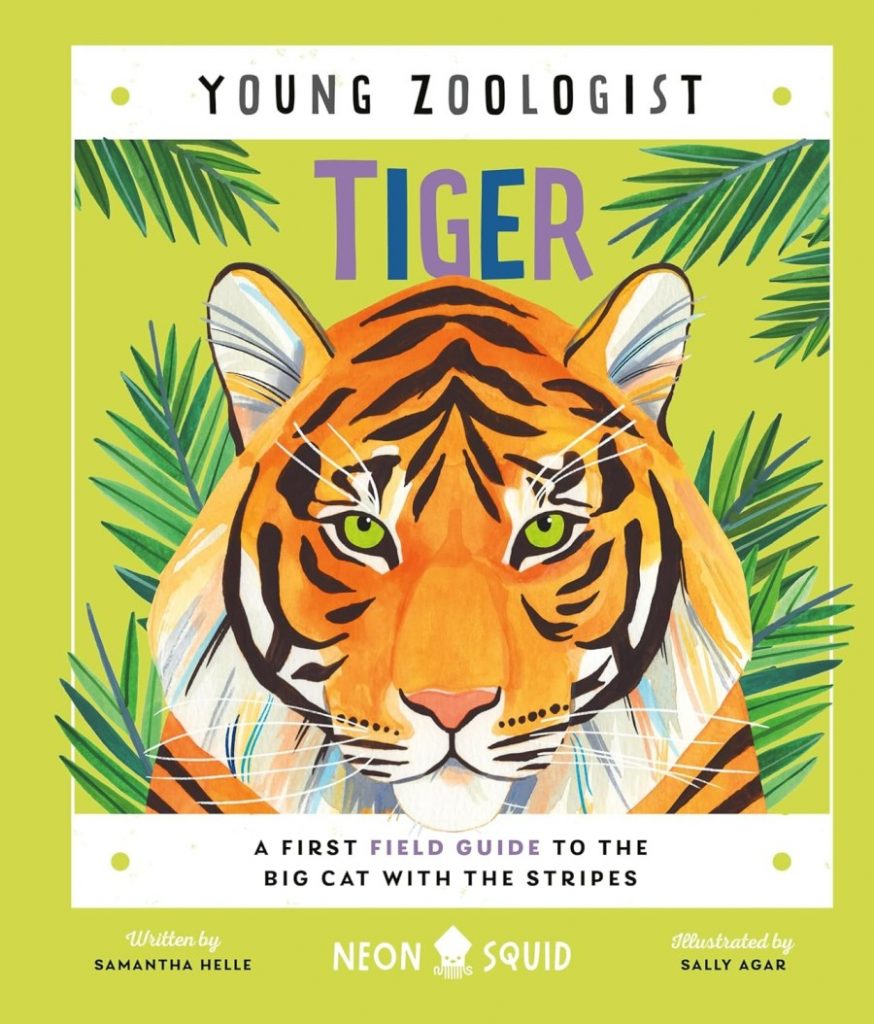
Tiger: The Big Cat With the Stripes is a beautifully illustrated guide, for children to learn why tigers have stripes, what makes them stick out their tongues, and how they survive.
Includes a serious message on how to help, written by a wildlife conservationist who works with local communities in Nepal, to study and protect tigers. She is also a science communicator who founded Project Conservation.
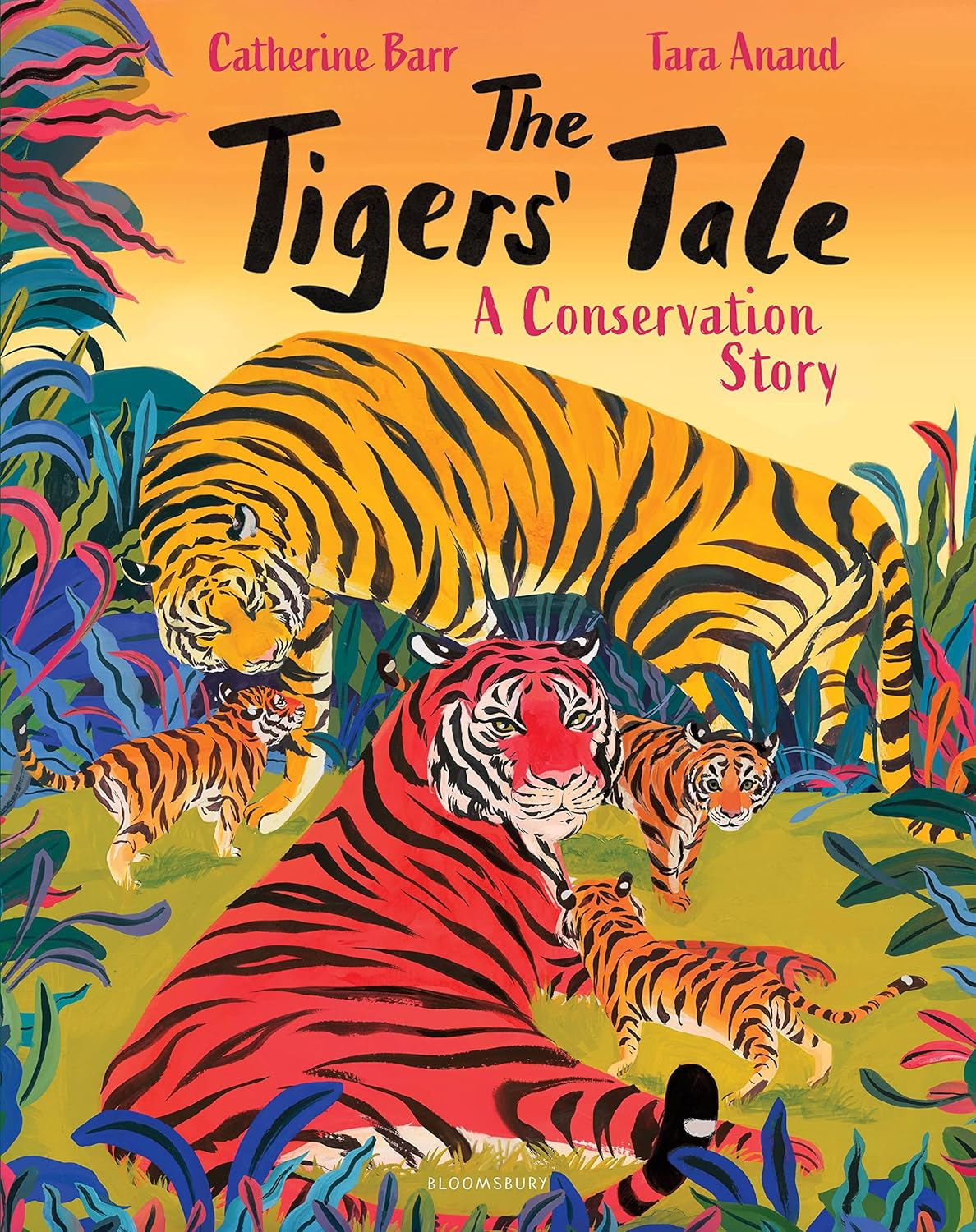
The Tiger’s Tale is a conservation story on one of the world’s most iconic animals, to tell the true story of the tragic disappearance of tigers from Panna Tiger Reserve in India, and finally their heroic return.
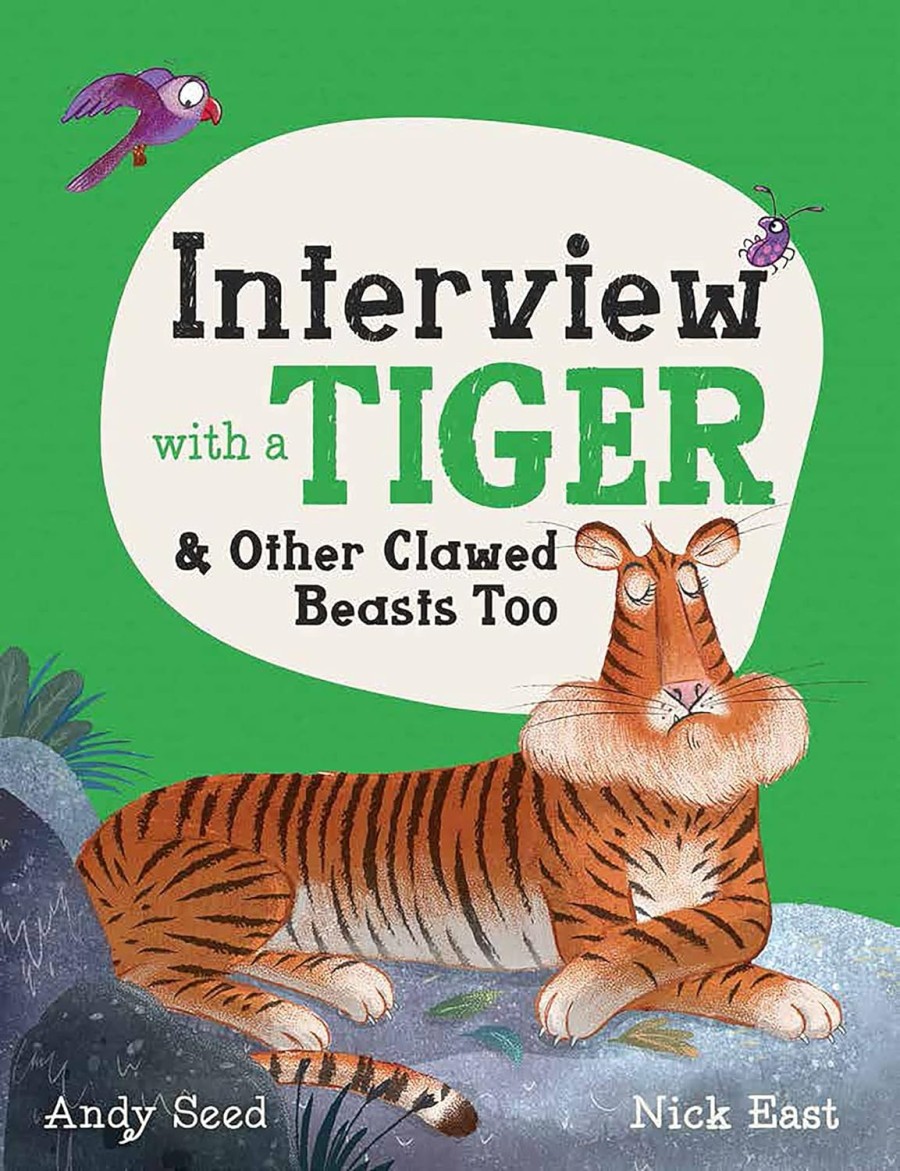
Interview with a Tiger (and other clawed beasts) is a fun book that gets up close with 10 fierce and furry beasts (including tigers) as they step up to the mic, and share their habits, behaviour, likes/dislikes, favourite foods and more.
It also features ‘interviews’ with a wolf, honey badger, giant armadillo, lion, giant anteater, jaguar, snow leopard, polar bear and three-toed sloth. Plus tips on how to help endangered species.
How to Talk to a Tiger looks at how animals communicate in the world. Also discover deer that sneeze to say hello and bees that waggle their tummies to show where the pollen is!
Saving All the World’s Big Cats
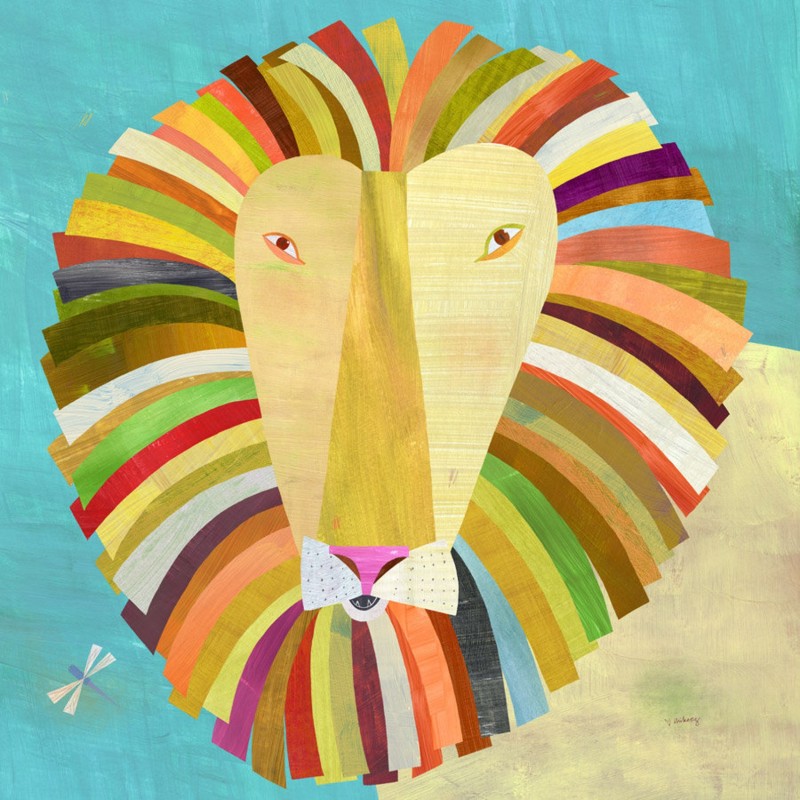
Not just tigers, but there are many more endangered big cats around the world. All are at risk, again due to trophy hunting, poaching and loss of habitat.
Majestic Lions
Lions are very social cats that live in prides, family groups led by females, and males with their unmistakable manes. Lions roam mostly on grasslands and open woodlands in Africa and Indian forests, and hunt in teams to eat large animals like buffalo and zebra.
Lion Lights are helping farmers and lions to peacefully co-exist, jaguars, cheetahs and wildcats.
British hunters have killed over 60 lions since Cecil, yet the import ban is being debated). Ornithologist Hamza Yassin says ‘If hunting is a sport, let the animal have a rifle as well, and let it fire back at you’.
Rainforest Jaguars
Jaguars live in the rainforests of South and Central America, beautiful big cats with gold coats and bold black ‘rosettes’. Their powerful jaws can even crush turtle shells, they also hunt in rivers for fish and capybaras, due to being excellent swimmers.
Their main risk is deforestation, so avoid palm oil and rainforest beef. And only buy sustainable soy.
Spotted Leopards
These very clever and adaptable big cats live on savannas and in mountains in Africa and Asia, where their spotted coats offer camouflage in many landscapes, to hide from trouble and sneak up on prey.
Leopards can climb trees, so they often hunt birds to antelope, then haul the dead creatures up trees to eat. Their main threats are habitat loss and hunting.
Reclusive Snow Leopards
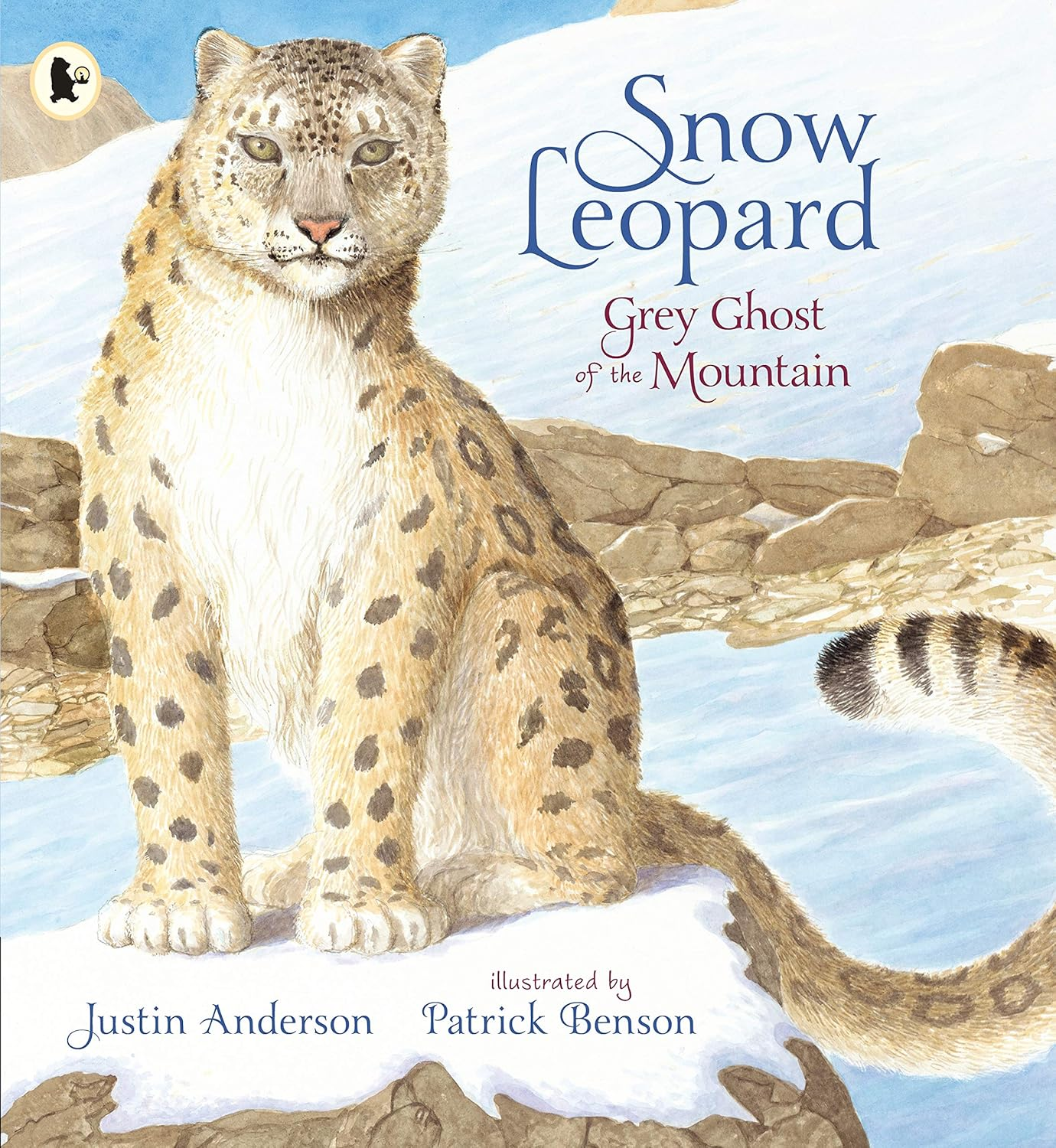
These beautiful creatures roam the remote mountains of Central Asia, blending into the rocky slopes with their smoky-grey fur, with black spots sand rosettes. Their thick coats and natural snow-shoes, make them ideal for these cold temperatures.
They tend to hunt on steep terrain for sheep and goats, but are rarely seen, earning them the name ‘ghost of the mountains’. But poaching and loss of natural prey means they are very endangered.
Asian Clouded Leopards
Clouded leopards are smaller, using their cloud-shaped markings to help them hide in southeast Asian forests. They have flexible ankles and sharp claws, to help them move through the canopy.
These leopards mostly eat birds, small mammals and monkeys. Again their habitats are shrinking, due to logging and farming. So protecting their wild homes is key.
Super-Fast Cheetahs

Cheetahs are able to sprint faster than any land animal, due to their slender bodies. They have spotted coats and unique tear-shaped markings under their eyes, so are easy to recognise.
These creatures need open plains to chase gazelles and other small prey, so loss of habitat is their main risk. Unlike lions and leopards, they don’t climb well nor fight over food, so rely on speed and eyesight.
Cougars (mountain lions)
Also known as pumas or panthers, cougars roam the mountains of North America (and sometimes South America). Mostly hunting deer, their main threats are habitat loss and motor cars (the world’s biggest wildlife crossing being built in California is hoping to help).






